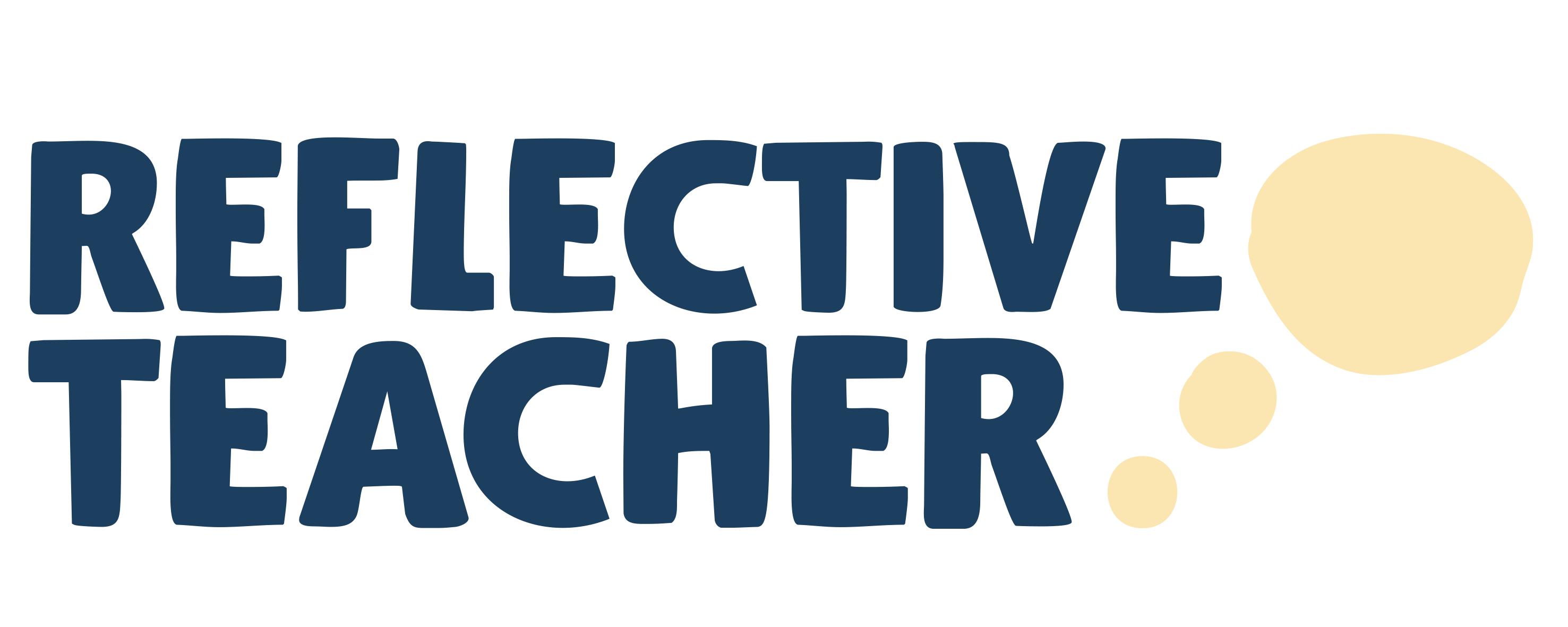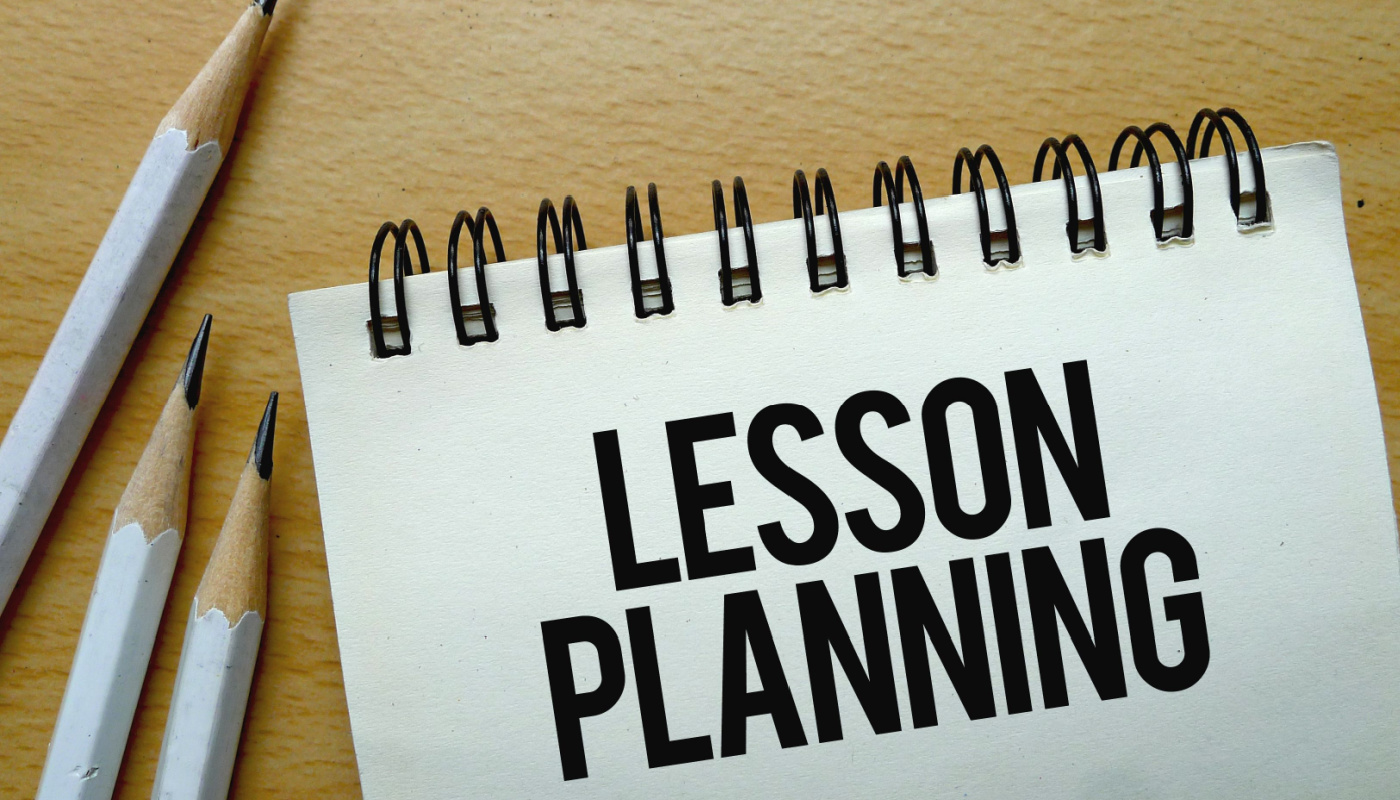‘Failing to plan is planning to fail,’ said American author Alan Lakein. He’s not wrong, especially when it comes to putting together lessons that will enable you to teach your students what you need them to learn in a set time without having to speak at breakneck speed to get through it, or ending up with loads of free time at the end. So what are our top tips for lesson planning?
One of the main problems with lesson planning, especially for primary school classes, is that it’s very time-consuming. A survey conducted by The Department of Education in 2019 found that teachers spend an average of 10.6 hours a week on planning and preparation. However, according to Ofsted, teachers aren’t required to provide examples of their lesson plans. So, while how you deliver the lesson is very important, how long it took you to prepare it isn’t.
Here are some top tips for lesson planning and suggestions for how to cut down your planning time, freeing you up to spend time with your students or taking some much-needed time for yourself.
What is the objective of your lesson?
First, think about the goal or objective of your lesson. What do you want the children to learn and what are the steps needed to get there? One simple way to write an objective is: Students will learn X as a result of lesson Y. Identify what you need to get out of the lesson – for example, learning a new set of phonics, or understanding the rule of Pythagoras Theorem (good luck with that one) – and focus everything around this goal. Staying on topic will cut out any unnecessary planning that takes away from your main purpose.
If using the gradual release model (I do, we do, you do), outline what you want to demonstrate, what you’ll work on with your students, and what you want them to do on their own. Alternatively, you could turn the key learning objective into a specific question to stimulate thinking and discussion that you can return to during the lesson. Ask the question at the beginning and then at the end to see the progress in learning during the lesson. Make sure all parts of the lesson are relevant to being able to inform and answer that key question.
The whole picture
Rather than tackling lessons individually, look at the whole year’s aims for each subject. By examining the curriculum as a whole, you’ll identify cross curricular-links, segments that need refreshing, and any changes that have come in.
Question time
Students respond differently to one another and every class is different, so you’ll have to tailor your lesson plans each year to suit your new intake.
Rather than working by trial and error, or spending hours pondering which activity will bring such enjoyment that the pearls of wisdom you’re imparting will be forever scorched on their minds, ask them. What do they like doing – games, worksheets, crafts? Factor opportunities for discussions and questions into your lessons at the start of the year. Start topics with an investigation or opportunities for them to generate questions about the topics and give students lots of choices over the work they produce.
However, remember to give them choices you know you can deliver, and explain why some of their suggestions might not work. For example, Fortnight might be their favourite activity, but it’s not going to help advance their knowledge of the year’s syllabus!
Prevention rather than cure
While you’re creating your lesson plan, imagine potential challenges that may arise while teaching. It’s important to use your class time efficiently, so devise ways to avoid these challenges. Students have varying levels of intelligence and digest and absorb information at different speeds. (I took what felt like weeks longer than my entire class to learn to tell the time. That’s my excuse for always being late anyway!) Take this into consideration when planning your lessons and have adaptations for students who need extra help (me) and additions for students who need an extra challenge (not me).
New sense of (re)purpose
It’s tempting to make new lesson plans every year to ensure everything’s up to date and of course you need to stay current. (For example, remember that it’s King Charles now, not Prince!) But you can save valuable time by repurposing existing plans.
Throughout the year, keep a record of what worked particularly well and what didn’t, and incorporate these into refreshes of existing lesson plans. Personalise them for your new class once you’ve found out what they respond best to (see point 3) and update them with any new facts or elements such as videos and games.
Use existing resources
An even handier time hack than repurposing your own lesson plans, is using resources that already exist for the lesson you are teaching. There are many ready-made lesson plans available online. Find out what schemes your school subscribes to, or if your colleagues can recommend any. It’s not cheating – these resources are there to save you planning time so you can spend more time teaching at school and having a healthy work/life balance at home.
Reflect action
Allow time in your lessons for children to reflect on and discuss the topic taught, as this is a vital part of learning. Prepare general questions that can be used for different topics, so you don’t have to use valuable planning time coming up with new ones each time. And have some back-up activities in case they don’t need as much reflecting time as you’ve catered for!
Screen time
Using videos in your lessons isn’t lazy teaching unless that’s all you do. A ready-made video can provide your students with information quickly and effectively. The novelty engages interest and they’re useful for any students having to learn remotely. Just make sure that if you appear in any of the videos, you update them every few years so your pupils don’t wonder why you look a decade younger on screen than you do IRL!
Delegate
You don’t have to struggle to do everything yourself. Ask teaching assistants, if you have them, to help with fact-checking and gathering information.
You can always ask your students to help out too. Get them to put together a quiz or game. It’ll make them more engaged in their learning and save you time.
Keeping it real
Incorporate relevant and current issues into your lessons where possible. Including elements of the real-world in your lessons enables students to understand and relate to complicated topics more easily.
Link subject matter to topical stories and water-cooler conversations where possible to further encourage engagement and understanding. Regardless of whether Love Island leaves you cold or is your guilty pleasure, for older students, it’s a great starting point for conversations on mental health, feminism and social media. For primary school pupils, Peppa Pig is perhaps a more suitable platform, particularly outfit-wise!
I started this blog with an Alan Lakein quote, so it seems only fitting to end with another: ‘Planning is bringing the future into the present, so that you can do something about it now.’
Get those future lesson plans nailed now. A stress-free Sunday evening is the best present you can give yourself!



Comments are closed